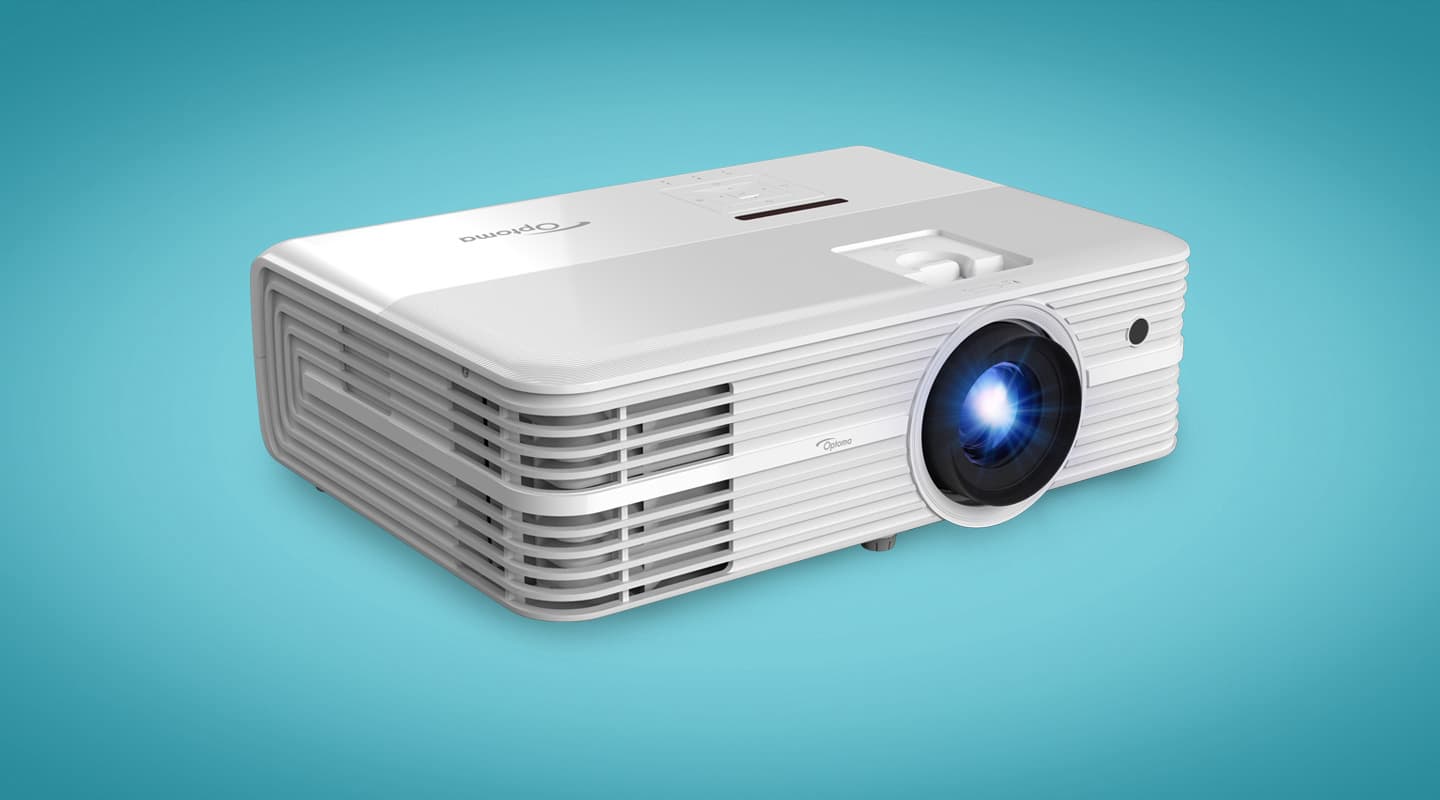
Review: Optoma 4K550 UHD DLP Projector
A big 4K image for little more than $5000.
Review:/ Christopher Holder
This time last year it was a real struggle to properly review a 4K projector. At least now I can watch some 4K movies easily enough. In fact, it was a great excuse to buy a 4K Apple TV.
4K HDR movies are truly amazing. Love them. In fact, home cinema is the sweetest of sweetspots for 4K projection. For the right price you can achieve a huge image (at least, ‘huge’ in domestic terms) and amazing performance — draw the blinds, salt-up the popcorn, pull the lever on the Jason recliner and bask in the (10,000:1) high-contrast, colour-rich goodness.
Optoma has a significant foothold in the home theatre market. It also has a strong commercial presence. The 4K550 is presented as a commercial projector and comes with a healthy swag of commercial features. Chief among these is vertical lens shift (more on this later).
It’s not a big unit and is well suited to meeting rooms and the like. If it wasn’t for the 4K engine, you’d be well within your rights to overlook the 4K550 as yet another 4500 lumen data projector, along with the dozens of others clamouring for sales in this crowded space. Instead, it’s somewhat of a unicorn… at least it is in early 2019, as I write this.
CEILING FAN
The 4K550 has some very pleasing installation features. Mostly, the projector will be ceiling mounted in a small- to medium-sized room, and Optoma has you covered:
When mounted upside down from the ceiling the image is natively positioned below the centreline, so you don’t have to mess with keystone as much. The ~1.6x zoom lens projects a 120-inch image from about three to four metres, which is great for smaller spaces. There’s the aforementioned (±15%) vertical lens shift and, finally, the fan noise is kept to a minimum, even during my January heatwave tests.
Connectivity is straightforward enough. HDMI2 handles the 4K duties. RS232 for control. There’s a ethernet port for diagnostics purposes (it’s easy to bring the projector under the purview of your favourite control system). A USB port will provide bus power to your device and will handle some HDMI streaming sticks. If you have the correct adapter (MHL) you can plug your device straight into the 4K550’s HDMI port.
Audio is handled by a minijack input and output along with a S/PDIF optical output. (The onboard speaker will get you out of trouble if necessary.) A 12V trigger port rounds out the I/O.
HD content can be upscaled to UHD and it’s worth it. Spreadsheets and small text are all sharp and legible. Saying that, these days many laptops’ displays are running natively better than HD and an HD projector is in most cases a step down in resolution for a PC-based presentation.
As for true 4K content? There’s an increasing need for it but that need is still relatively specialised. What isn’t specialised are office movie nights and/or video game nights (FIFA 19 in 4K anyone? Olé!). Sounds glib but when millennials require Evian in their water coolers and a glass of Third Wave ristretto never more than a HDMI 2.1 maximum cable run away… 4K for fun isn’t so stupid.
OPTOMA 4K550 FEATURE SET
- 4K UHD (3840 ×2160) resolution
- HDR10 and REC.2020 compatibility
- 4500 lumens, 10,000:1 contrast ratio
- Vertical lens shift
- 3D ready with DLP Link compatibility
- I/O includes HDMI2, 12V trigger, RS-232C and LAN control
Price: $5499
Amber Technology: 1800 251 367 or ambertech.com.au

BUSINESS CASE
If your client is moving to 4K content then a projector like the 4K550 provides them with a whole lot of display for under six grand. An equivalent 120-inch commercial 4K panel is still a lot of dough. The projector’s ~4000-lumen image benefits from a darkened room but will happily compete with average ambient light. Of course, this is where LCD, oLED or LED can’t be beaten.
Chances are, your client isn’t thinking too much about 4K but, regardless, will be surprised to learn that you intend to install a display that’s only HD or WUXGA. I mean, that all sounds a little archaic, doesn’t it?
The point I make is that 4K futureproofs your client’s investment. And when the projector is around $5000 that insurance isn’t breaking the bank.
On the futureproof flipside: the 4K550 doesn’t use a laser light source. And this may be a deal breaker for some.
FUTURE PROJECTIONS
Industry analysts are quick to sound the death knell of the meeting room data projector (slain by cost-effective LCD and LED) but it’s products such as this that allow us to see a good short- to medium-term future for projection.
The 4K550 is a sleek-looking, well-priced 4K DLP projector that produces an impressive image straight out of the box.
The 4K550 displays a genuine (all 8 million pixels) UHD image. The 0.66-inch Texas Instruments DLP chip achieves this using a one-way actuator, rather than the four-way wiggle of the cheaper 0.45-inch chipset you might find on a domestic 4K model.
It’s also one of the more cost effective ways of getting into 4K projection in the commercial sector; in fact, I’d go as far to say that the Optoma 4K550 is about the cheapest way of giving your client a 120-inch 4K image. Period.


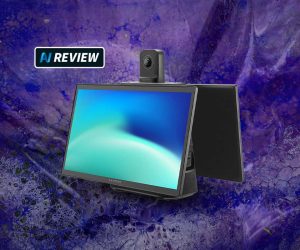


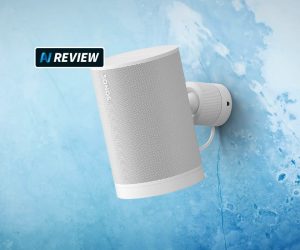

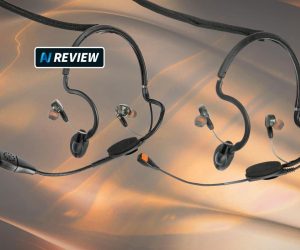
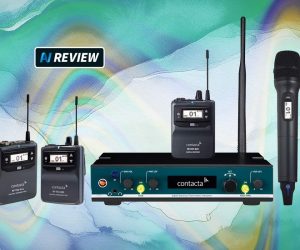



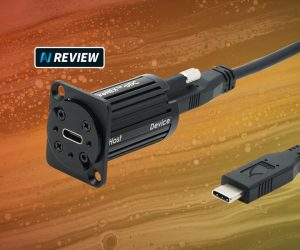


RESPONSES